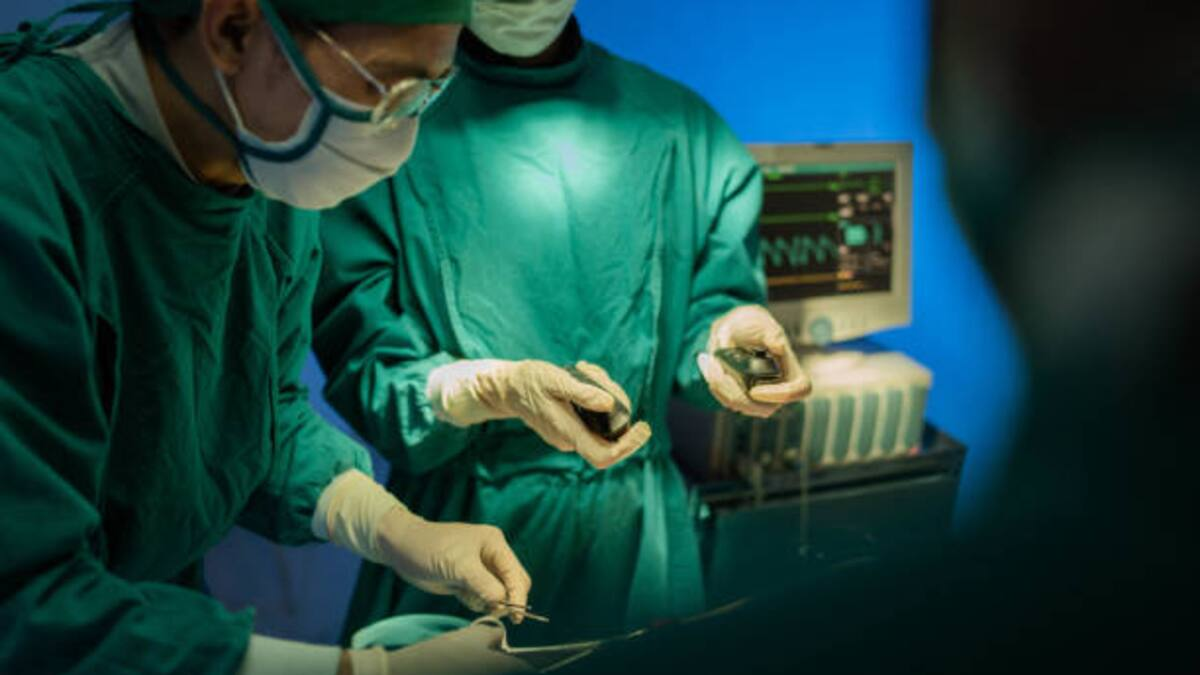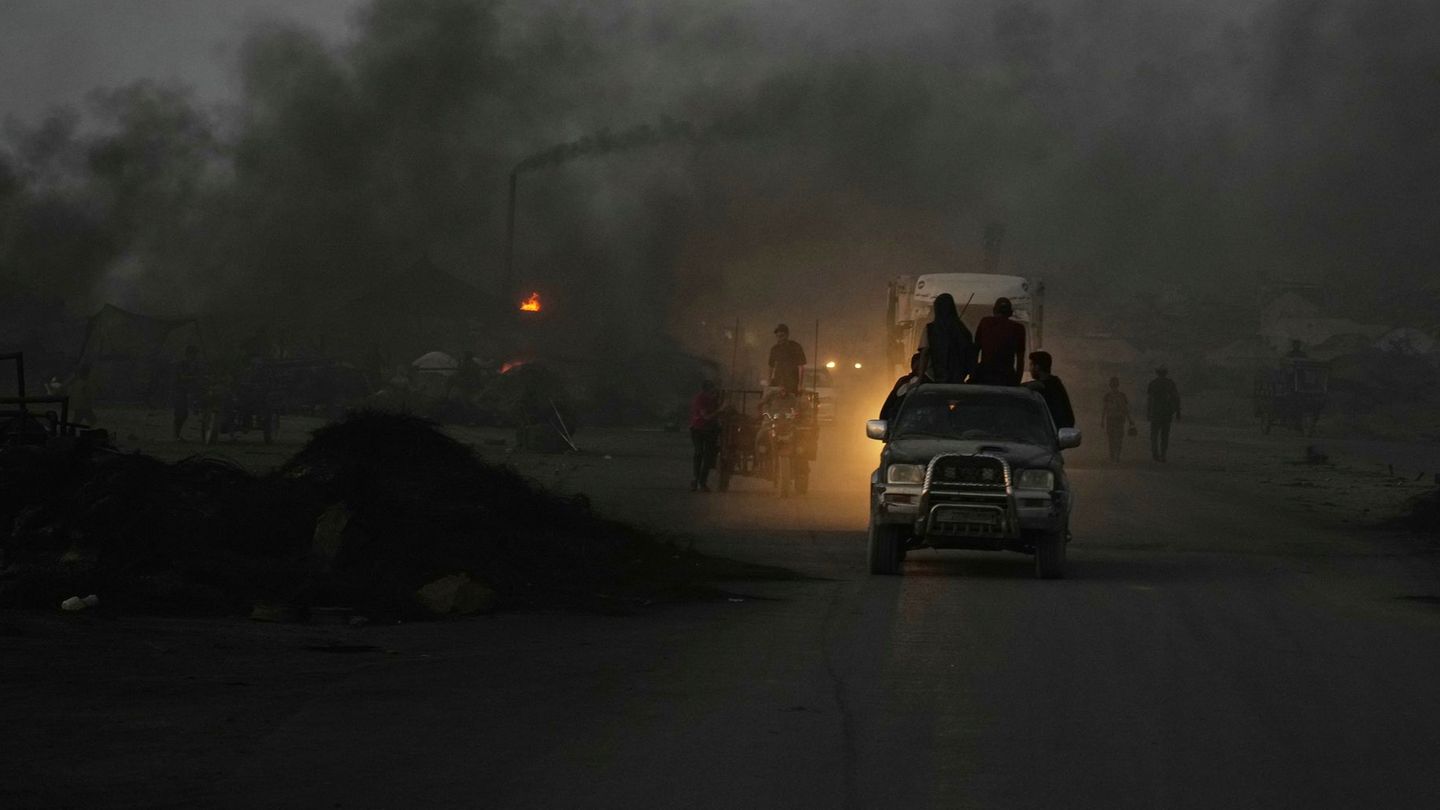In recent days and after the death of Alejandra “Locomotora” Oliverasmany patients and colleagues have consulted me about a surgical intervention that usually generates concern: the decompressive craniectomya procedure that, in certain cases of stroke (stroke)it can represent the difference between life and death.
To understand your need, it is important to briefly review what a ACV. In general, we talk about two types: the ischemic and the hemorrhagic.
The first, which represents about 80% of cases, occurs when the blood flow to a part of the brain is interrupted, which causes the death of neurons due to lack of oxygen and nutrients. It is, in essence, a cerebral infarction
The second type, the Hemorrhagic strokeoccurs when a blood vessel is broken within the central nervous system, generating intracranial hemorrhage, which is popularly known as a “stroke”.
Radiography brain
Both events share a critical characteristic: they generate a space occupation inside the skull. This is where one of the most important clinical keys lies. The skull is not a flexible structure; It is a rigid bone box that contains three elements: The brain, cerebrospinal fluid and blood. There is no margin for expansion. Therefore, when an extensive cerebral infarction occurs, the affected brain tissue responds with an inflammatory process that we call cerebral edemaan accumulation of fluid that increases the volume of the brain. In the case of hemorrhagic stroke, the formed clot also occupies additional space.
This volume increase within an inextensible cavity produces a risk situation: endocranial hypertension. When the pressure within the skull is raised, not only the affected tissue is committed, but also those areas of the brain that still retain their viability. If it does not act in time, this pressure can lead to the collapse of vital structures and, finally, to death.
It is in this scenario where decompressive craniectomy It becomes a fundamental surgical tool. This procedure consists of Remove a wide portion of the cranial bone and open the durathe outermost membrane that covers the brain. This maneuver allows the edematized brain to have space to expand outwards, thus reducing internal pressure and preserving the brain areas that can still survive.
Surgery does not end there: when inflammation yields and intracranial pressure is stabilized, a plan is planned Second intervention to rebuild the skullusing a personalized prosthesis.
Far from being a hurried or extreme decision, decompressive craniectomy responds to a clear pathophysiological reasoning and an urgent clinical need. While not all patients with ACV They will require this intervention, in selected cases it can mark a turning point between irreversible neurological damage and significant recovery.
As a neurosurgeon, I find it essential that the community understands that behind each surgical decision there is a rigorous analysis, based on scientific evidence and the commitment to preserve brain function and, above all, life.
Neurosurgeon doctor – Mn 130405. Instagram: @Consultoriodedolor Website: www.consultoriodedol
Source: Ambito
David William is a talented author who has made a name for himself in the world of writing. He is a professional author who writes on a wide range of topics, from general interest to opinion news. David is currently working as a writer at 24 hours worlds where he brings his unique perspective and in-depth research to his articles, making them both informative and engaging.




